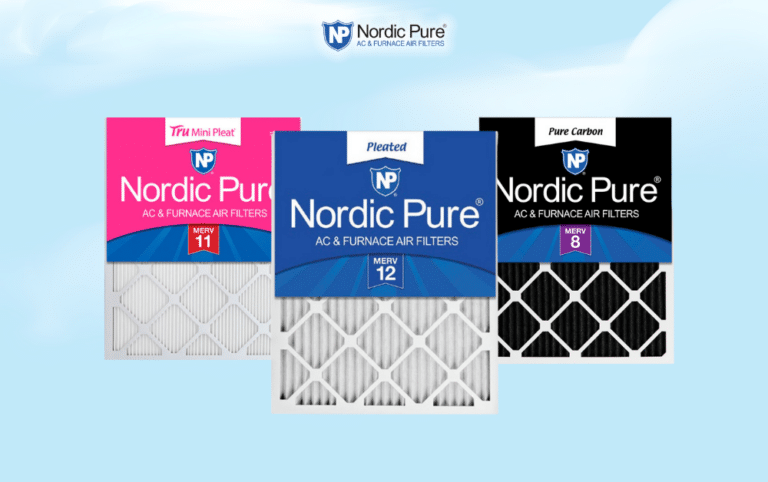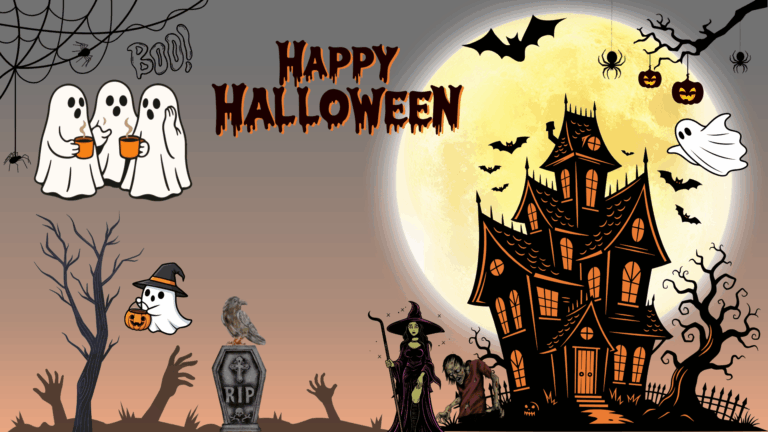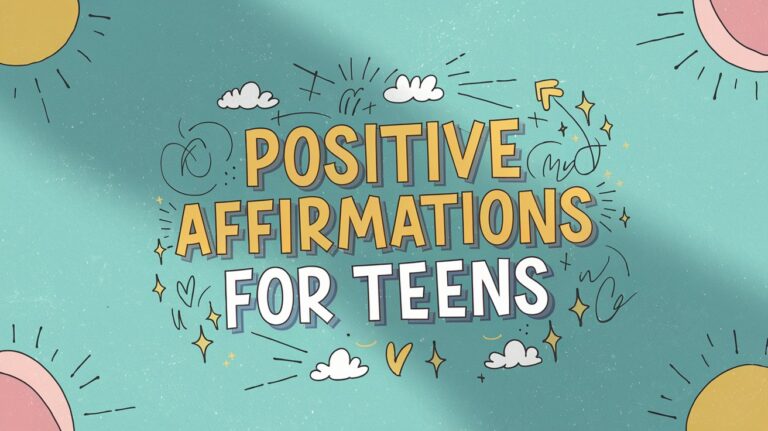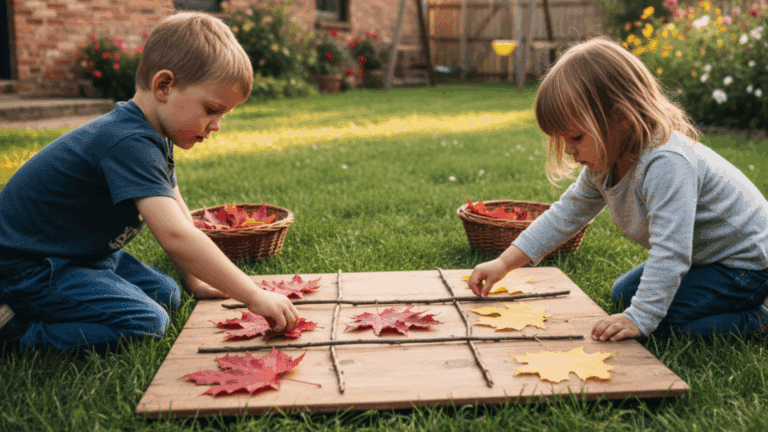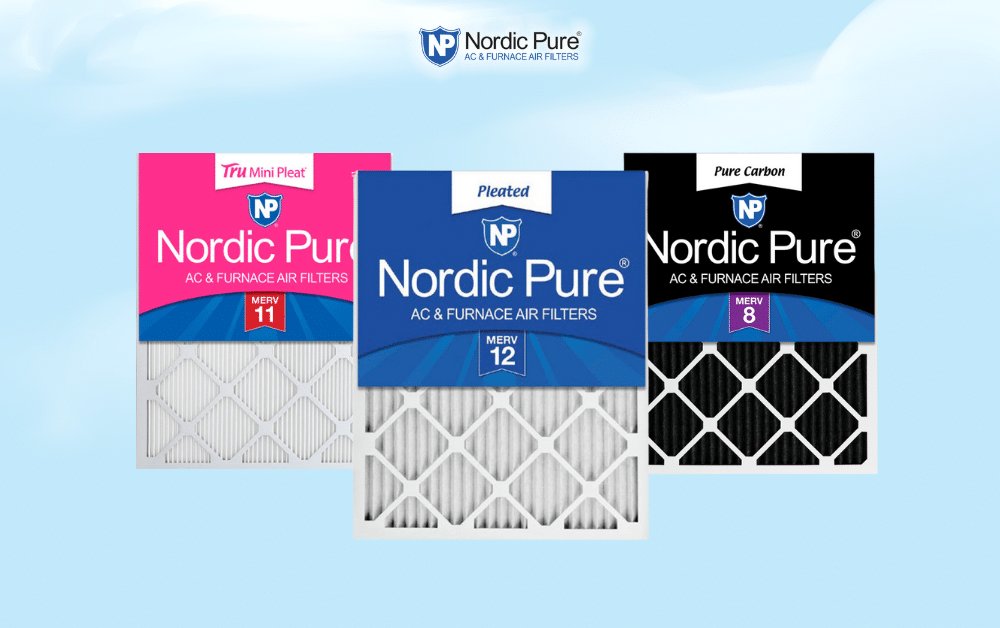Three-letter consonant blends are like the cool kids of the phonics world: they show up everywhere and make reading so much more interesting!
These blends might look intimidating at first glance, but they’re everywhere in everyday language. Kids encounter them constantly without even realizing it!
Once you crack the code of how these letter teams work together, reading becomes like solving little puzzles.
And honestly, there’s something deeply satisfying about watching someone’s face light up when they finally nail that “scr” sound in “scratch.” Ready to plunge into these linguistic powerhouses?
Understanding the Impact of 3 Letter Consonant Blends on Literacy
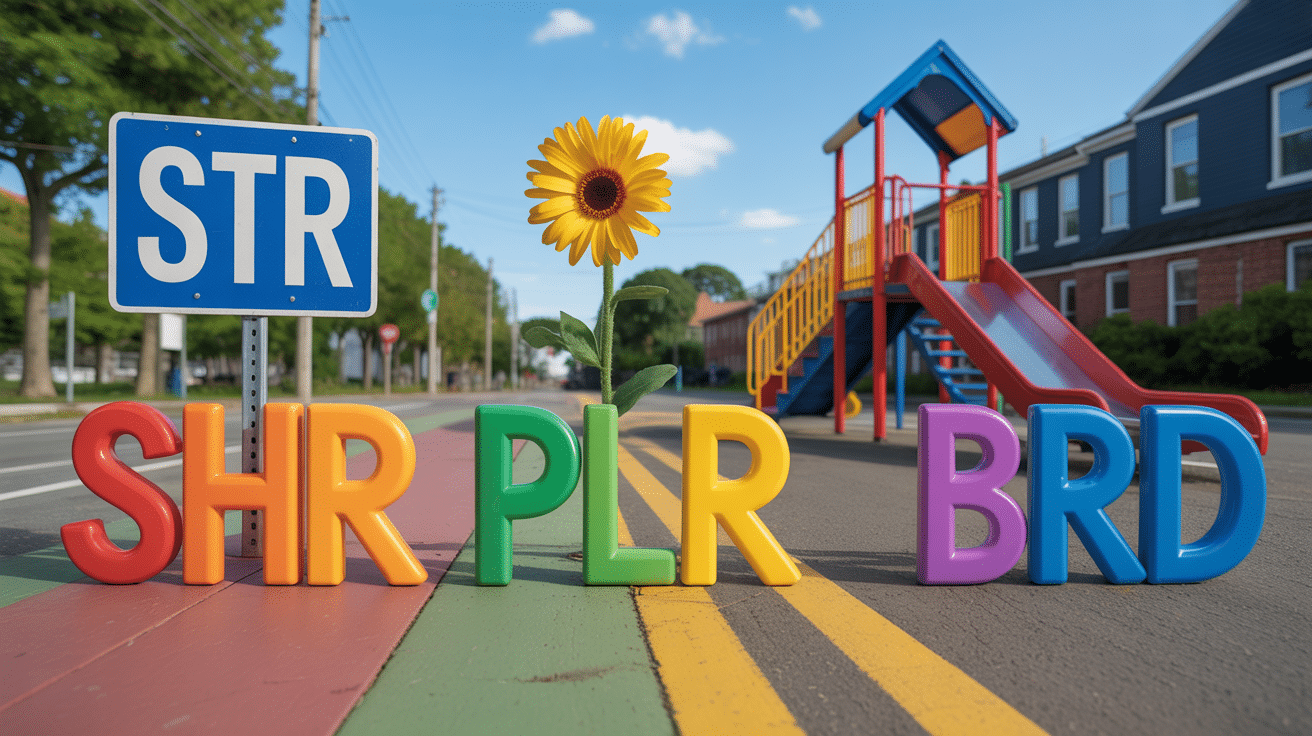
These complex sound combinations don’t just help children read individual words better; they actually rewire how young brains process language patterns and build confidence for tackling even trickier vocabulary.
The Reading Game-Changer
Three-letter consonant blends are like the secret weapon in the literacy toolkit that many people don’t fully appreciate.
It’s not just about sounding out “str-ing” or “spl-ash” anymore; it’s about building confidence in tackling more refined vocabulary. These blends serve as stepping stones to reading fluency because they appear in many common words that children encounter every day.
Building Phonemic Awareness
When kids work with three-letter blends, they’re not just memorizing sounds; they’re learning to hear subtle differences and similarities in language that will serve them throughout their entire reading cycle.
This heightened awareness ultimately leads to improved spelling, improved reading comprehension, and stronger writing skills in the long run.
It’s like developing a more attentive musical ear but for language instead of melodies.
When Should You Introduce 3 Letter Consonant Blends to Children?
Timing is everything when it comes to introducing three-letter blends – push too early, and you’ll create frustration; wait too long, and you miss that perfect window of curiosity and readiness.
Knowing what to look for can save everyone a lot of stress and make the entire learning process feel natural and exciting rather than forced.
The Sweet Spot: Ages 6-8
Most children hit their stride with three-letter consonant blends within this age range, but remember that every child develops at their own unique pace.
- Mastery of two-letter blends: Children can smoothly read words like “tree,” “play,” and “stop” without hesitation or struggle
- Strong phonemic awareness: They can identify individual sounds within words and manipulate them mentally during word games
- Natural curiosity about complex words: They’re drawn to longer, more challenging words and actively want to figure them out
- Solid phonics foundation: Single-letter sounds and simple CVC words are no longer a daily struggle
Signs Your Child is Ready
Look for these key indicators that show your child has built the foundation needed to tackle more complex sound combinations successfully.
- Confidence with two-letter blends: They can smoothly read words like “tree,” “play,” and “stop” without hesitation
- Good phonemic awareness: They can identify individual sounds within words and manipulate them mentally
- Interest in challenging words: They’re naturally drawn to longer, more complex words and want to figure them out
- Solid foundation in basic phonics: Single letter sounds and simple CVC words are no longer a struggle
Red Flags to Watch For
Sometimes, the best thing you can do is pump the brakes and give children more time to solidify their foundational skills before moving ahead.
- Struggling with basic letter sounds: Still having difficulty identifying or producing individual letter sounds consistently
- Trouble with simple two-letter blends: Words like “cat,” “dog,” and “bat” still require significant effort to decode
- Showing frustration during phonics activities: Becoming upset, resistant, or shutting down when working with sound combinations
- Inconsistent with CVC words: Basic three-letter words like “sun,” “big,” and “top” aren’t automatic yet
How to Use 3 Letter Consonant Blends in Everyday Speech
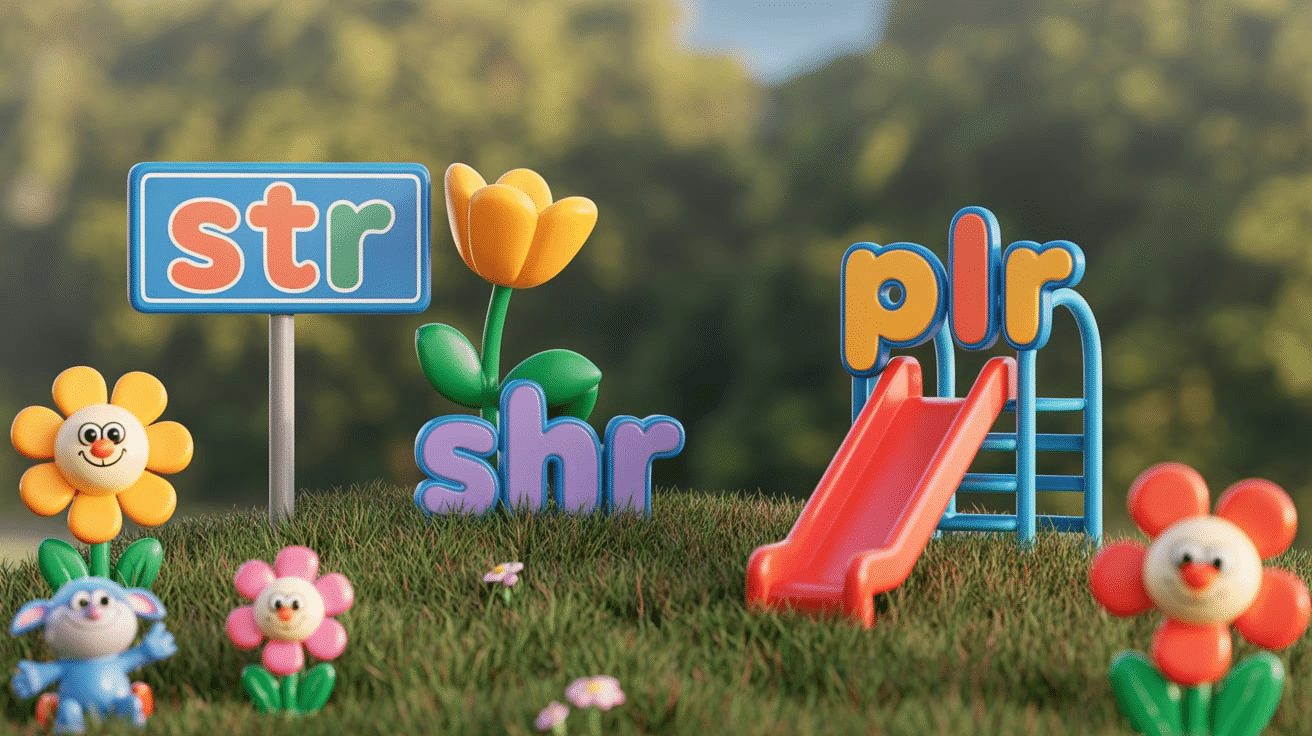
The secret to helping children master these complex sounds isn’t worksheets or drilling; it’s weaving them naturally into conversations, play, and daily activities where they actually make sense.
When kids hear “squeeze,” “splash,” and “stretch” in real contexts, they absorb the sound patterns without even realizing they’re learning phonics.
- Weave blends naturally into conversations during daily activities, like cooking or outdoor play.
- Use everyday contexts, such as “squeeze,” “splash,” and “stretch,” to introduce phonics organically.
- Engage kids with kitchen activities by talking about actions like “squeeze” or “scrub.”
- Incorporate blends during outdoor play by highlighting words like “stretch” or “spray.”
- Use storytime to emphasize three-letter blends in books and slightly stress the words aloud.
- Provide varied repetition of blends across different contexts to make learning enjoyable without repetition fatigue.
Top 10 Examples of 3 Letter Consonant Blends
These 3 letter consonant blends represent the heavy hitters of three-letter combinations, the ones kids will encounter most often in their reading adventures and daily conversations.
1. STR: Words like “string,” “street,” “strong,” and “strawberry” make this blend one of the most useful to master early. The “str” blend has this satisfying strength to it that kids seem to enjoy pronouncing naturally.
2. SPR: “Spring,” “spray,” “spread,” and “sprinkle” all feature this bouncy blend that perfectly captures the energy of their meaning.
3. SCR: “Scratch,” “scream,” “screen,” and “scrub”; this blend is all about action and activity.
4. SPL: “Splash,” “split,” “splendid,” and “splinter” showcase this blend beautifully. The “spl” combination has this quality that makes it particularly appealing to young learners.
5. THR: “Three,” “through,” “throw,” and “thread” demonstrate how this blend appears in both simple counting and more complex vocabulary.
6. SHR: It is the mysterious blend: “Shrink,” “shrimp,” “shriek,” and “shrub” feature this less common but essential blend.
7. CHR: “Chrome” and “chronic” demonstrate how this blend is evident in both familiar holiday vocabulary and more poised words.
8. SQU: “squirrel,” “square,” and “squash” make this blend particularly engaging because it combines the unusual “qu” with the “s” sound.
9. TWI: “Twist,” “twin,” “twinkle,” and “twelve” showcase this softer three-letter combination. The “twi” blend has a gentle, almost magical quality that is often found in many fairy tales.
10. DWA: “Dwarf,” “dwell,” and “dwindle” represent this less common but essential blend. It shows up in fantasy stories and has a more advanced vocabulary.
Conclusion
Three-letter consonant blends might seem like a small detail in the grand scheme of learning to read. Still, they’re powerful building blocks that open doors to more nuanced vocabulary and reading fluency.
The key is introducing them naturally, at the right developmental moment, and with plenty of patience and encouragement.
When children feel successful with three-letter blends, they develop the confidence to tackle even more challenging words and concepts in the future.
The most important thing is keeping it fun and pressure-free.




